COVID-19 Pathogenesis, Prevention and Treatment
- Philosophy
- Open Access
- Published:
A thematic series in Journal of Biomedical Science.
Since its emergence three years ago, coronavirus disease of 2019 (COVID-19) has become the most serious pandemic of this century thus far, affecting over 6 hundred million people worldwide by September 2022[1]. In response to this global public health crisis, the scientific community rapidly developed effective diagnostic tools, preventive vaccines and therapeutic strategies for severe acute respiratory syndrome coronavirus 2 (SARS-CoV-2), the virus that causes COVID-19, decreasing the risk of severe symptoms and mortality. This technological progress in response to COVID-19 represents a stunning and historic scientific achievement. Nevertheless, the current prevention and treatment strategies against COVID-19, while highly effective, are not able to halt the COVID-19 pandemic. There are various aspects of this disease that remain to be elucidated, including the underlying mechanism of pathogenesis related to SARS-CoV-2 viral infection[2, 3]. Additionally, there is major concern over potential outbreaks of SARS-CoV-2 variants that are not effectively combated by current vaccinations and therapeutics. Thus, further developments targeting SARS-CoV-2 and its numerous variants are needed. In the current issue, there are four review articles that address our current understanding of COVID-19 and provide critical information to improve future vaccination development and drug treatments. The first issue focuses on the pathogenesis of COVID-19 and the various organs affected with COVID-19. The second issue elaborates on the COVID-19 vaccines to-date, including the effectiveness of different types of vaccines and strategies for the future. The third issue focuses on therapeutic antibodies and treatments against SARS-CoV-2 strains. Lastly, the fourth issue discusses the antiviral therapeutic drugs for SARS-CoV-2 currently in development. The above topics exploring the pathogenesis of the infection in patients and the biological basis and clinical impact of the variants and subvariants of SARS-CoV-2 may contribute to the ongoing development of preventative and therapeutic strategies against COVID-19.

